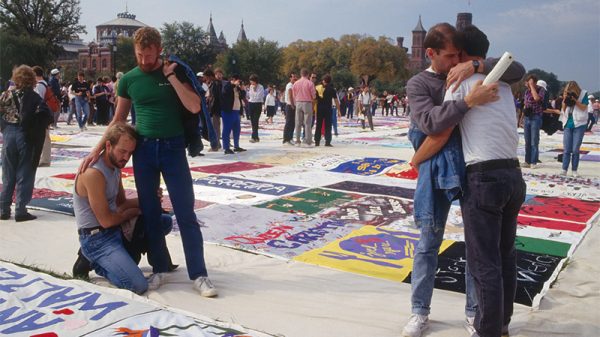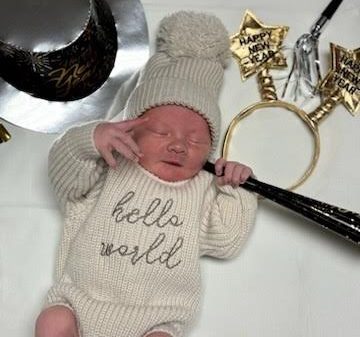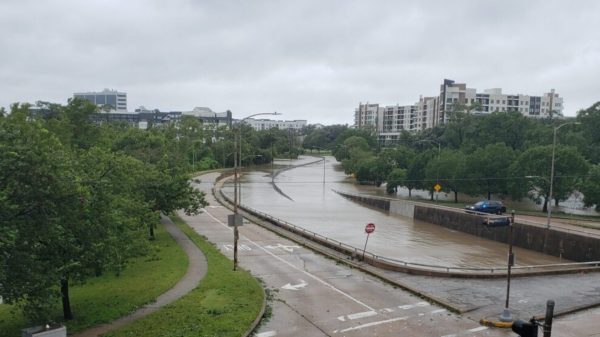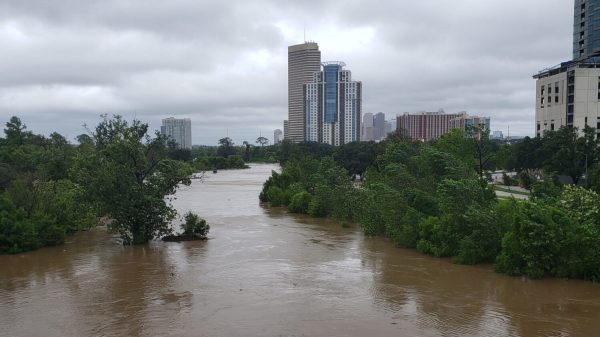
Pueblo Grande Museum, Phoenix
Before Phoenix was Phoenix, the Hohokam people built a city right here with miles of canals and a massive platform mound. Pueblo Grande Museum preserves this chunk of urban history – ancient apartment complexes and irrigation systems included – smack in the middle of modern Arizona’s biggest city.

It’s Now the S’edav Va’aki Museum
Phoenix renamed the Pueblo Grande Museum to S’edav Va’aki in March 2023 after working with the Salt River Pima-Maricopa and Gila River tribes. S’edav Va’aki means “Central Va’aki” in the O’odham language and directly refers to the big platform mound at the site.
Mayor Kate Gallego announced this change during Phoenix History Month. If you’re wondering how to say it, S’edav is pronounced “suh-UH-dahf” and Va’aki sounds like “VAH-ah-kee.” This name honors the actual O’odham term instead of using the Spanish word “pueblo.”

An Ancient Complex with 100+ Rooms
The huge platform mound at S’edav Va’aki holds more than 20,000 cubic meters of carefully packed fill material. Construction started around 800 AD with just two small round mounds that grew bigger over hundreds of years.
When finished, the complex had over 100 rooms arranged in different sections. A tall wall standing 6-7 feet high surrounded the mound, controlling who could enter this important place. The whole site covered about 15 acres with the mound as its main feature.

Players competed in an ancient sports arena
You can still see the oval-shaped ball court at S’edav Va’aki that measures about 82 feet long by 38 feet wide. Built between 750-1100 AD, it had dirt banks where people sat to watch ceremonial games.
Archaeologists found evidence that rubber balls were used, likely brought in through trade with Mexico. Around 1100 AD, many Hohokam communities filled in their ball courts with trash as they started focusing more on platform mounds for ceremonies instead.

People lived here continuously for over 1,000 years
S’edav Va’aki started as a tiny village around 450 AD and eventually grew to house more than 1,500 people at its busiest. People lived here non-stop until about 1450 AD. When archaeologists dug down, they found 14 different building layers showing how the settlement changed over time.
Wood beams from different building periods were carbon-dated to confirm this long history. Today’s Akimel O’odham (River People) are direct descendants of these ancient residents.

Precise astronomical tools
On top of the platform mound, you’ll find what was once an observatory. One room had doorways lined up to frame the winter and summer solstice sun positions when looking toward Hole-in-the-Rock in the Papago Buttes 3.5 miles away.
These alignments were incredibly accurate within just 0.5 degrees. Evidence shows the Hohokam kept track of at least 17 different sky events throughout the year, including equinoxes and moon cycles.

Evidence of Advanced Water Systems
The Hohokam built an incredible network of over 1,000 miles of irrigation canals, with the main channel starting near S’edav Va’aki. Their longest canal stretched 16 miles northwest to where Glendale is today.
Some channels were up to 30 feet wide and 10 feet deep, carefully sloped at 1-2 feet per mile for perfect water flow. Diggers found evidence of canal gates and water control devices made from stone and wood. Many of Phoenix’s modern canals actually follow these ancient pathways.

This site has been protected since 1924
A man named Thomas Armstrong gave the platform mound and 5 acres to Phoenix in 1924, beginning preservation efforts. The city added 10 more acres in 1929 and hired Odd S. Halseth as America’s first City Archaeologist.
The site became a National Historic Landmark in 1964 and joined the National Register of Historic Places in 1966. In 1989, a major renovation expanded the museum building to 13,000 square feet. Today, the protected archaeological area covers 102 acres.

You can walk through ruin replicas
When you visit, you’ll see three full-size replicas of Hohokam houses built using traditional materials and methods. These pit houses measure 12-15 feet across and are made with mesquite posts, willow branches, and mud plaster.
Inside, you’ll find sleeping platforms, storage areas, and cooking hearths based on archaeological discoveries. You’ll notice how the houses changed with the seasons – summer homes had extra ventilation openings while winter houses were more enclosed for warmth.

The museum protects thousands of ancient treasures
Inside the museum, you’ll find over 4,000 cataloged artifacts that have been dug up from the site since the 1920s. Standout items include a 900-year-old copper bell from Mexico, turquoise mosaic jewelry with more than 200 tiny stone pieces, and carved shell bracelets from the Gulf of California.
You can also see 30 complete ceramic pots showing how Hohokam pottery techniques changed over time. The repository also keeps 250,000 pottery fragments used for ongoing research.

This settlement controlled the region’s water supply
S’edav Va’aki sat at a strategic spot on a natural bend in the Salt River that gave it control over water for the whole region. Geologists found a bedrock formation that pushed water to the surface, creating a perfect diversion point.
From here, leaders controlled at least 7 major canal headgates, which gave them significant political power. Hundreds of organized workers maintained the canal system. Smaller settlements paid tribute to S’edav Va’aki to get water access.

Connection to nearby petroglyphs
While not right at the museum, many Hohokam rock carvings (petroglyphs) in the Phoenix area connect to astronomical knowledge developed at S’edav Va’aki. South Mountain alone has over 500 documented petroglyphs, with many marking important sun positions.
Archaeologist Todd Bostwick identified 35 specific petroglyphs that record solstice and equinox positions. Several spiral designs work as calendar markers, with sunlight hitting exact spots on important dates. The museum sometimes offers guided trips to nearby petroglyph sites during significant solar events.

Thousands More Artifacts Behind the Scenes
Beyond what you can see in public exhibits, S’edav Va’aki serves as Phoenix’s main archaeological storage facility with over 500,000 cataloged items. The climate-controlled storage areas hold 2,800 whole ceramic vessels, 75 complete stone tools, and 150 intact shell ornaments.
You’ll also find 9,000 archaeological field notes dating back to 1887. Research labs let scientists analyze materials using techniques like radiocarbon dating and isotope analysis.

Visiting S’edav Va’aki Museum
You’ll find S’edav Va’aki Museum at 4619 E. Washington St., Phoenix, Arizona 85034. It’s easy to get there via the Sky Train from Sky Harbor Airport or the Light Rail.
Tickets cost $13 for adults, $10 for seniors, and $6 for students and kids 6-17. You can get discounted admission on Thursday evenings from 4-8 PM.
The museum is open every day from October through April, 9 AM to 4:45 PM (opening at 1 PM on Sundays), but closes Sundays and Mondays from May through September.
For $20, you can join behind-the-scenes tours on the first Wednesday of each month. Don’t miss the annual Indian Market held every December.
The post The 1,500-Year-Old Hohokam Village That Sits in the Heart of Modern Phoenix appeared first on When In Your State.


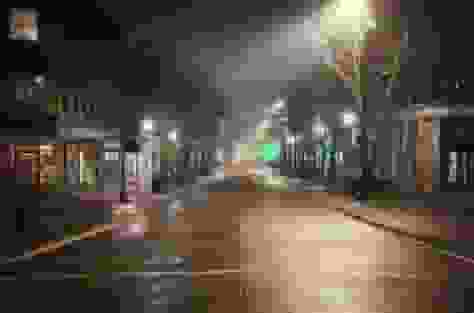

![Tyson Foods Plant [Photo: Food Manufacturing]](https://southarkansassun.com/wp-content/uploads/2023/08/iStock_1185520857__1_.5e441daa51cca-600x337.jpg)





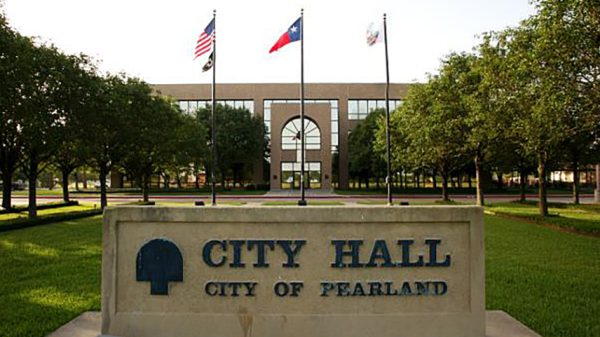

![Silverado Senior Living Management Inc. [Photo: Los Angeles Times]](https://southarkansassun.com/wp-content/uploads/2023/10/download-6-4-600x337.jpg)

![China's Wuhan Institute of Virology [Photo: Nature]](https://southarkansassun.com/wp-content/uploads/2023/09/d41586-021-01529-3_19239608-600x337.jpg)


